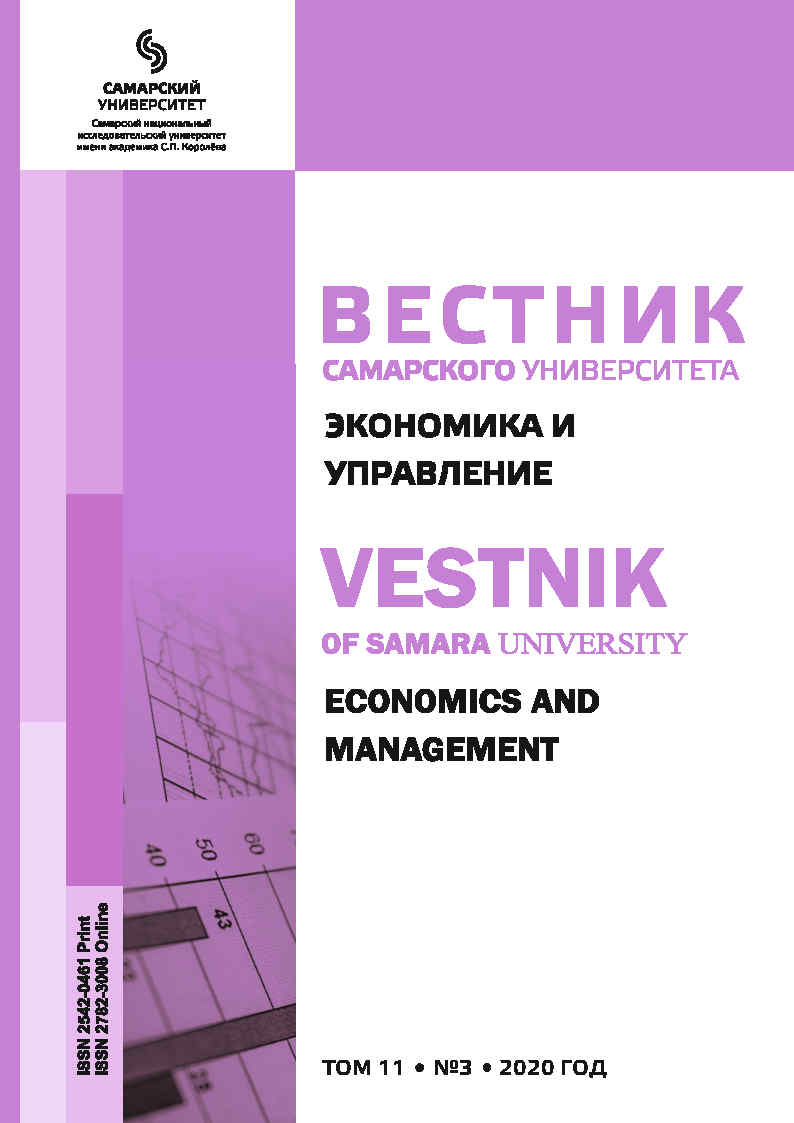NUANCES OF IDENTIFICATION FOR NORMAL DISTRIBUTION
- Authors: Duplyakin V.M.1
-
Affiliations:
- Samara National Research University
- Issue: Vol 11, No 3 (2020)
- Pages: 176-183
- Section: MATHEMATICAL AND INSTRUMENTAL METHODS OF ECONOMICS
- URL: https://journals.ssau.ru/eco/article/view/8150
- DOI: https://doi.org/10.18287/2542-0461-2020-11-3-176-183
- ID: 8150
Cite item
Full Text
Abstract
Statistical analysis of sample data is an effective tool for researching trends in economic processes and their critical conditions. The techniques in statistical analysis that are widely used in practice are based on the assumption that the sample data being considered follows a normal distribution. In the article the author reveals that the application of the popular K. Pearson criterion of agreement in such problems to confirm normality distributions of sample data can lead to false conclusions, in cases where the original general population is distributed according to the normal law, and the criterion indicates a low probability of implementing the normality hypothesis. The author proposes a numerical procedure for studying the nuances of identifying the normality in sample data; it uses a novel technique that is based on reference statistical series which correspond to samples of a certain size with the given, fixed estimates of the expected value and standard deviation. The author presents a numerical modeling method and the results of studying the characteristics of sample data that affect the errors in the identification of the normality of the sampled populations. The performed numerical experiments allowed us to obtain statistical data for investigating the reliability of the identification of the sampled distributions. The author presented recommendations that can help to avoid errors in identifying normality.
About the authors
Vyacheslav M. Duplyakin
Samara National Research University
Author for correspondence.
Email: v.duplyakin@gmail.com
doctor of Economics, professor of the Department of Economics
Russian FederationReferences
- Chebyshev P.L. Complete works. Vol. III, Moscow: Izd-vo AN SSSR, 1948, p. 404. (In Russ.)
- Prokhorov A.V. Method of moments. In: Vinogradov I.M. (Ed.) Mathematical encyclopedia. Vol. 3, Moscow: Sov. entsiklopediia, 1982, 1184 p. (In Russ.)
- Borovikov V. STATISTICA. The Art of Computer Data Analysis: For Professionals. 2nd edition. Saint Petersburg: Izdatel'skii dom «Piter», 2003, 688 p. (In Russ.)
- Bühl A., Zöfel P. SPSS: The Art of Information Processing. Analysis of statistical data and restoration of hidden patterns. Translation from German. Saint Petersburg: DiaSoftIuP, 2005, 608 p. (In Russ.)
- Dyakonov V.P. MATLAB. Complete tutorial. Moscow: DMK Press, 2012, 768 p. (In Russ.)
- Kozlov A.Yu., Mkhitaryan V.S., Shishov V.F. Statistical functions of MSEXCEL in economic and statistical calculations. Moscow: IuNITI, 2003, 231 p. (In Russ.)
- Duplyakin V.M. Statistical analysis of sample data: textbook. Samara: Izd-vo Samar. gos. aerokosm. un-ta, 2010, 110 p. (In Russ.)
- Mitropol'skiy A.K. Technique of statistical computing. 2nd edition, revised and enlarged. Moscow: Nauka, 1971, 576 p. (In Russ.)
- Ventsel E.S. Probability theory: textbook. 12th edition, stereotyped. Moscow: Knorus, 2018, 664 p. (In Russ.)
- Lemeshko B.Yu., Chimitova E.V. On the choice of the number of intervals in the criteria of agreement . Industrial Laboratory. Diagnostics of Materials, 2003, vol. 69, pp. 61–67. Available at: https://ami.nstu.ru/~headrd/seminar/publik_html/Z_lab_8.htm. (In Russ.)
- Eliseeva I.I. et al. Econometrics: textbook for masters. Moscow: Iurait, 2014, 453 p. (In Russ.)
- Sturges H. The choice of a class-interval. Journal of American Statistical Association, 1926, 21, pp. 65–66. DOI: http://doi.org/10.1080/01621459.1926.10502161.
Supplementary files









